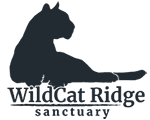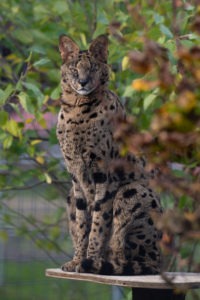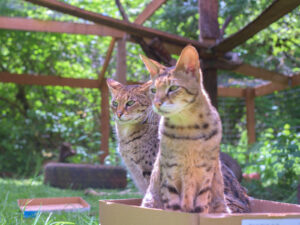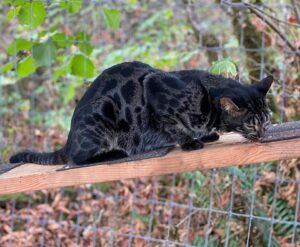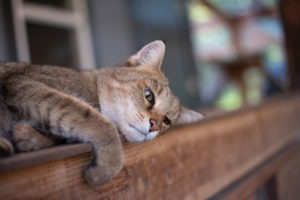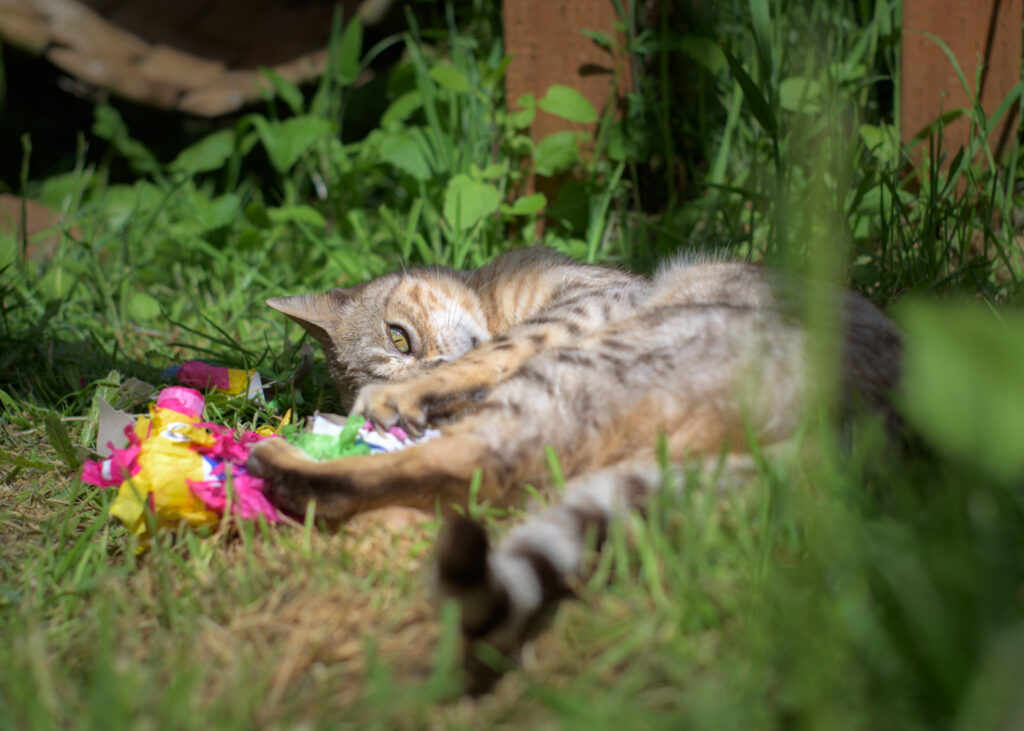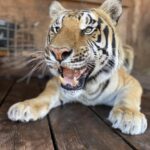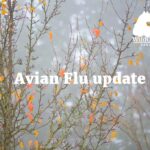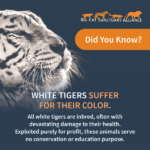No Contact: Why We Keep Our Distance
The Keeper Journal
Ask any of the keepers and we'll tell you one of the most common questions we get when we share our job title is, "So do you get to go in and play with the tigers?"
To which we smile, shake our heads most emphatically and say, "No way."
Free vs. No Contact
In animal care facilities like zoos and sanctuaries, certain methods of interacting with/administering care to the animals exist. This includes free contact care and no contact care.
Free Contact
Free contact means the keepers use nothing to restrain the animal – no leashes, muzzles, harnesses or even fences come between animal and keeper.
According to Ken Ramirez, author of Animal Training: Successful Animal Management Through Positive Reinforcement, some animal caretakers believe that "free contact is the only way to build true trust between trainer and animal. But many training programs have proved that's not true. Free contact can also be the most dangerous way to interact with wild animals because it offers little to no protection."
With free contact, you enter into the animal's enclosure; but with more territorial animals, this might feel like an invasion of territory. In addition, it challenges their dominance, meaning you, the keeper, need to establish dominance in order to determine who's in charge here – and for some animals, like tigers and lions, this isn't likely to be well received; not to mention it can be highly stressful to the animals.
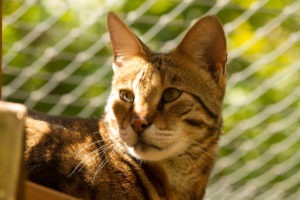
For other animals, however, free contact is neither dangerous to keepers, nor threatening to the animals. We engage with our livestock in a free contact manner, cleaning and maintaining their physical health by going into their pens with them.
Even our hybrid cats (many of whom spent time as house pets) are accustomed to us freely walking about their enclosure – that being said, we are always conscious of who does prefer to be kept at arm's length (looking at you, Sarge).
No Contact
No contact is how we work with and feed our big exotic cats, meaning there is always a locked gate and fencing between us and them. While some might see this as limiting, it is actually an effective method of training, as there’s no need to invade the territory of the animal and challenge their dominance or stress them out.
Even through the fence, we have succeeded in training many behaviors, like asking our lions and tigers to receive food by sitting calmly instead of pacing back and forth, or asking Ariel to reach up on the fence so we can get a good look at her whole body, checking for anything out of the ordinary.
“But what about cleaning?”
Great question – when we go into the big cat pens to clean, we always make sure to either lock them out in the yard so we can safely enter their den box areas, or we lock them inside in order to pick up after them in the yards. After all, it’s much easier to focus on setting up exciting enrichment when you don’t have a 400 pound tiger following you around.
A healthy respect
When working with exotic cats, or any wild animal for that matter, it’s vitally important to maintain a healthy respect for their wild instincts. Even if that cat has spent time living in a home as a pet, they’re still wild – sleeping on a queen sized mattress doesn’t remove their instincts – and we keepers keep that in mind. And for this reason, WildCat Ridge will always be a no contact, no pet facility.

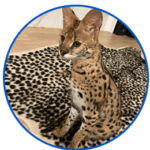 In early February of 2023, the owner of a serval in Canada passed away. A friend of the owner contacted us to see if we could give the cat a home. We said yes and excitedly prepared for her arrival while all the import paperwork was being done. We learned that this little serval was even an
In early February of 2023, the owner of a serval in Canada passed away. A friend of the owner contacted us to see if we could give the cat a home. We said yes and excitedly prepared for her arrival while all the import paperwork was being done. We learned that this little serval was even an